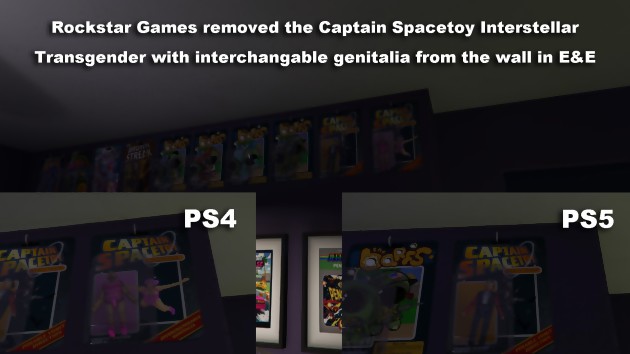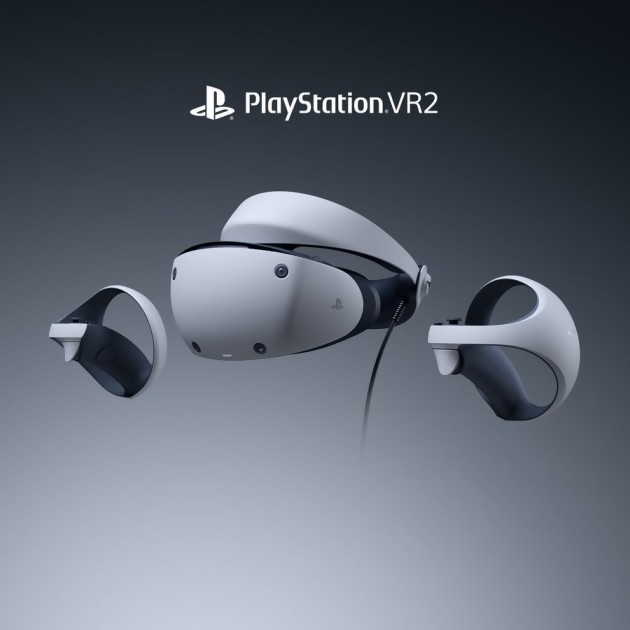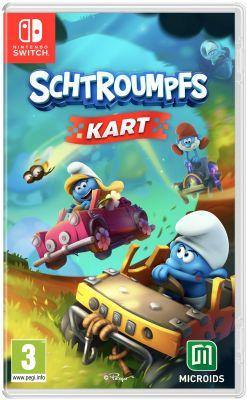 Let's get rid of the obvious right away: under license, Dakar Desert Rally includes 150 routes based on the official routes of the 2020, 2021 and 2022 editions of the Dakar. The same goes for the crews and their vehicles – there are 150 of them – which are divided into five categories: cars, trucks, SSVs, motorcycles and quads. Thus, we find Sébastien Loeb and his Prodrive BRX Hunter (2021), Kamil Wisniewski and his Yamaha Raptor 700 (2022), or even Ricky Brabec and his Honda CRF 450 Rally (2020). Note that the entire grid is not necessarily included. For example, when we take a look at the 2020 field, we notice that Cyril Despres does not appear there although he participated in the competition at the controls of an Overdrive OT3. On the other hand, he is present in 2022 with his Peugeot 3008 DKR. Before getting to the heart of the matter, Dakar Desert Rally takes the time to introduce each machine through an intro that is reminiscent of that of Forza Horizon 4, less the style. A way to gently introduce differences in handling. Basically, the car requires more anticipation than the motorcycle, while the truck does not forgive the slightest appreciation of the relief, the risk of lying down being increased tenfold. The SSV, on the other hand, demonstrates a certain stability on winding roads, while the quad is particularly effective off-road. In short, each machine has its strengths and weaknesses which must absolutely be taken into account before leaving the bivouac.
Let's get rid of the obvious right away: under license, Dakar Desert Rally includes 150 routes based on the official routes of the 2020, 2021 and 2022 editions of the Dakar. The same goes for the crews and their vehicles – there are 150 of them – which are divided into five categories: cars, trucks, SSVs, motorcycles and quads. Thus, we find Sébastien Loeb and his Prodrive BRX Hunter (2021), Kamil Wisniewski and his Yamaha Raptor 700 (2022), or even Ricky Brabec and his Honda CRF 450 Rally (2020). Note that the entire grid is not necessarily included. For example, when we take a look at the 2020 field, we notice that Cyril Despres does not appear there although he participated in the competition at the controls of an Overdrive OT3. On the other hand, he is present in 2022 with his Peugeot 3008 DKR. Before getting to the heart of the matter, Dakar Desert Rally takes the time to introduce each machine through an intro that is reminiscent of that of Forza Horizon 4, less the style. A way to gently introduce differences in handling. Basically, the car requires more anticipation than the motorcycle, while the truck does not forgive the slightest appreciation of the relief, the risk of lying down being increased tenfold. The SSV, on the other hand, demonstrates a certain stability on winding roads, while the quad is particularly effective off-road. In short, each machine has its strengths and weaknesses which must absolutely be taken into account before leaving the bivouac.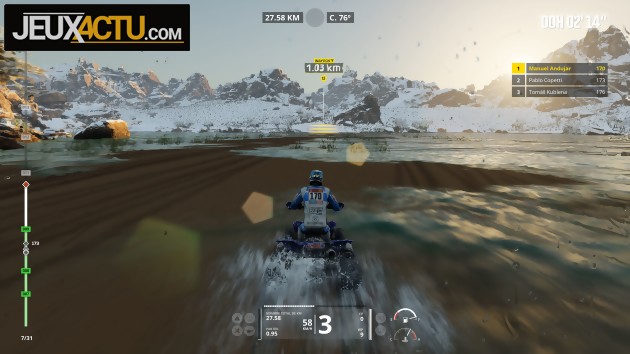
Since we're talking about the gameplay, let's be clear: the physics of Dakar Desert Rally is as wobbly as that of Dakar 18. Whatever the vehicle, we refrain from putting on the gas for fear of losing control without don't understand why.
 Since we're talking about the gameplay, let's be clear: the physics of Dakar Desert Rally is as wobbly as that of Dakar 18. Whatever the vehicle, we refrain from putting on the gas for fear of losing control without don't understand why. We are not exaggerating: in the middle of a straight line, on a surface where there is zero danger, we have lost count of the number of times our machine has suddenly turned over. It's also unfortunate that the dune crossing is so inconsistent. Indeed, we will find ourselves on the side when we were careful to drive at a reduced pace, and continue our journey without incident after an uncontrolled jump of several meters. And we're not talking about the hairpin bends – again negotiated at low speed – which send us into the rocks despite all the precautions taken. We tried to tweak a couple of things (steering angle, ride height, torque distribution, anti-roll bars), but that didn't change much. Reduce tire pressure to improve grip? Useless. Brake distribution? We barely felt the difference. As you will have understood, spending time in the settings has absolutely no interest, their impact being minimal. In fact, to ensure the classification, it is simply necessary to be satisfied with applying the basics described a little above and praying to the sky that nothing falls on us, including the AI. Because yes, she is extremely weak.
Since we're talking about the gameplay, let's be clear: the physics of Dakar Desert Rally is as wobbly as that of Dakar 18. Whatever the vehicle, we refrain from putting on the gas for fear of losing control without don't understand why. We are not exaggerating: in the middle of a straight line, on a surface where there is zero danger, we have lost count of the number of times our machine has suddenly turned over. It's also unfortunate that the dune crossing is so inconsistent. Indeed, we will find ourselves on the side when we were careful to drive at a reduced pace, and continue our journey without incident after an uncontrolled jump of several meters. And we're not talking about the hairpin bends – again negotiated at low speed – which send us into the rocks despite all the precautions taken. We tried to tweak a couple of things (steering angle, ride height, torque distribution, anti-roll bars), but that didn't change much. Reduce tire pressure to improve grip? Useless. Brake distribution? We barely felt the difference. As you will have understood, spending time in the settings has absolutely no interest, their impact being minimal. In fact, to ensure the classification, it is simply necessary to be satisfied with applying the basics described a little above and praying to the sky that nothing falls on us, including the AI. Because yes, she is extremely weak.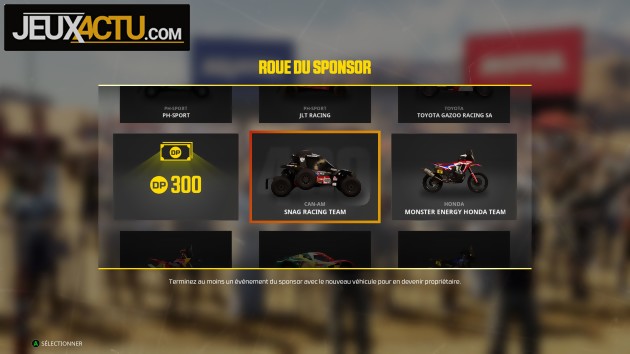
"VERY LONG EASY LEFT MAYBE !"
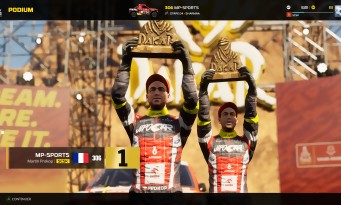 We have the impression of having returned to the origins of racing games where the opponents thought they were alone on the track. It's rather nice to see them take the wrong path, it's much less so when they back up and crash into us like brutes. And the reverse is also true: they never try to avoid us when we are on their path after going off the road. Obviously, at Saber Porto, it doesn't bother anyone. This absurdity makes it possible to point out the risky management of the damage. This was already the case in Dakar 18: the developers clearly did not rectify the situation. It's still incredible that after several rolls, only the bodywork is damaged and not the mechanical elements. It's not systematic, but it happened and not just once, just like a minor shock that will destroy our front left wheel. No balance, in short. We reassure you, there are not only bad ideas in Dakar Desert Rally, starting with the presence of three driving modes so as not to frighten neophytes. Well, almost, because the “Sport” mode – supposed to be the most accessible – does not display any preferential trajectory. If the waypoints are perfectly identified, however, a beginner will have no idea what awaits him between two waypoints (rocks, a hollow among others). Instead, we are treated to a kind of echo that briefly indicates the route to follow. Not really beginner friendly.
We have the impression of having returned to the origins of racing games where the opponents thought they were alone on the track. It's rather nice to see them take the wrong path, it's much less so when they back up and crash into us like brutes. And the reverse is also true: they never try to avoid us when we are on their path after going off the road. Obviously, at Saber Porto, it doesn't bother anyone. This absurdity makes it possible to point out the risky management of the damage. This was already the case in Dakar 18: the developers clearly did not rectify the situation. It's still incredible that after several rolls, only the bodywork is damaged and not the mechanical elements. It's not systematic, but it happened and not just once, just like a minor shock that will destroy our front left wheel. No balance, in short. We reassure you, there are not only bad ideas in Dakar Desert Rally, starting with the presence of three driving modes so as not to frighten neophytes. Well, almost, because the “Sport” mode – supposed to be the most accessible – does not display any preferential trajectory. If the waypoints are perfectly identified, however, a beginner will have no idea what awaits him between two waypoints (rocks, a hollow among others). Instead, we are treated to a kind of echo that briefly indicates the route to follow. Not really beginner friendly.
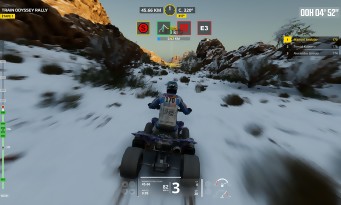 The “Professional” mode complicates things a little more, since in addition to increasing the repair costs as well as the level of the AI, the waypoints are hidden. In other words, you have to rely on all the information given in the roadbook to hope to complete the special. We're not going to lie to you: at the beginning, we struggled a lot because it first required learning the codes to identify bumps, holes, waterways, dangers, different coatings, dunes, or even the vegetation. It's really hard – especially since you have to set the best time – but once you've gotten used to the exercise, you really get a kick out of it. Because it sharpens the sense of observation, because we are constantly under pressure, because we develop our own benchmarks, because it also develops memory. The roadbook is such a central element of Dakar Desert Rally that we would have liked Saber Porto to devote a real tutorial to it, allowing you to understand each of its aspects in a more digestible way. There, we are drowned under a flood of information; it's not really the ideal way to familiarize yourself with the tool. Finally, there is the “Simulation” mode, which only unlocks when you reach level 25 – after several hours of play, therefore. In addition to considerably lengthening the duration of the events and imposing a speed limit on trucks, it also deactivates the automatic saving at each waypoint as well as the repositioning on the track (which always comes with penalties, of course). Strangely – and unless we are mistaken – the possibility of getting stuck in the sand has been removed when it was part of the interesting mechanics of Dakar 18. And then, let us point out that unlike the “Sport” mode where we are opposed to other competitors, we are alone against time in “Professional” and “Simulation”.
The “Professional” mode complicates things a little more, since in addition to increasing the repair costs as well as the level of the AI, the waypoints are hidden. In other words, you have to rely on all the information given in the roadbook to hope to complete the special. We're not going to lie to you: at the beginning, we struggled a lot because it first required learning the codes to identify bumps, holes, waterways, dangers, different coatings, dunes, or even the vegetation. It's really hard – especially since you have to set the best time – but once you've gotten used to the exercise, you really get a kick out of it. Because it sharpens the sense of observation, because we are constantly under pressure, because we develop our own benchmarks, because it also develops memory. The roadbook is such a central element of Dakar Desert Rally that we would have liked Saber Porto to devote a real tutorial to it, allowing you to understand each of its aspects in a more digestible way. There, we are drowned under a flood of information; it's not really the ideal way to familiarize yourself with the tool. Finally, there is the “Simulation” mode, which only unlocks when you reach level 25 – after several hours of play, therefore. In addition to considerably lengthening the duration of the events and imposing a speed limit on trucks, it also deactivates the automatic saving at each waypoint as well as the repositioning on the track (which always comes with penalties, of course). Strangely – and unless we are mistaken – the possibility of getting stuck in the sand has been removed when it was part of the interesting mechanics of Dakar 18. And then, let us point out that unlike the “Sport” mode where we are opposed to other competitors, we are alone against time in “Professional” and “Simulation”.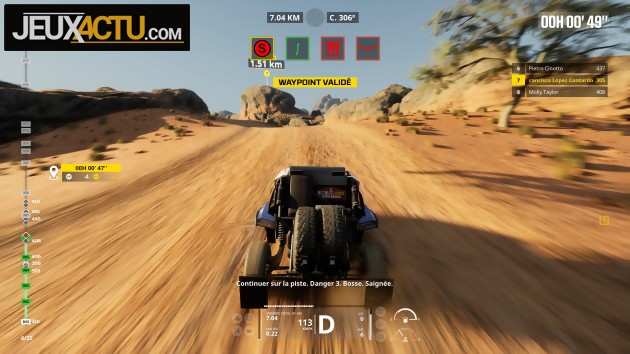
We're not going to lie to you: at the beginning, we struggled a lot because it first required learning the codes to identify bumps, holes, waterways, dangers, different coatings, dunes, or even the vegetation. It's really hard – especially since you have to set the best time – but once you've gotten used to the exercise, you really get a kick out of it.
 In terms of content, Dakar Desert Rally includes a rather repetitive "Career" mode in which you have to take part in a series of events divided into several stages. Depending on our performance, we recover a certain number of XP points as well as DP (Dakar Points) to both unlock other races, level up, repair your mount (at the bivouac or on the track) and access to new cars. Note that the ranking displayed during the race can be misleading since it does not include any penalties received by a particular driver. It is only by crossing the finish line – knowing that you have to be in the Top 8 to move on to the next event – that you know your final position. On the online game side, even if no session was available at the time of the test, know that there is a way to compete in races up to four, and that in the future, a roadbook editor will allow you to design your own specials and share them with the rest of the community. To conclude, on the production side, Dakar Desert Rally has a good face for a racing game that does not play in the same court as Forza Horizon to name but one. It's nice to watch, it tries some visual effects (especially with the dynamic weather and the sand that rises as the competitors pass), the cockpit view is there, but overall, the quality of the textures and the degree details are less advanced than among the big names of the genre. In addition, the promise of 60fps in “Performance” mode is not kept, while visually, the difference with the “Resolution” mode in 4K is not that obvious.
In terms of content, Dakar Desert Rally includes a rather repetitive "Career" mode in which you have to take part in a series of events divided into several stages. Depending on our performance, we recover a certain number of XP points as well as DP (Dakar Points) to both unlock other races, level up, repair your mount (at the bivouac or on the track) and access to new cars. Note that the ranking displayed during the race can be misleading since it does not include any penalties received by a particular driver. It is only by crossing the finish line – knowing that you have to be in the Top 8 to move on to the next event – that you know your final position. On the online game side, even if no session was available at the time of the test, know that there is a way to compete in races up to four, and that in the future, a roadbook editor will allow you to design your own specials and share them with the rest of the community. To conclude, on the production side, Dakar Desert Rally has a good face for a racing game that does not play in the same court as Forza Horizon to name but one. It's nice to watch, it tries some visual effects (especially with the dynamic weather and the sand that rises as the competitors pass), the cockpit view is there, but overall, the quality of the textures and the degree details are less advanced than among the big names of the genre. In addition, the promise of 60fps in “Performance” mode is not kept, while visually, the difference with the “Resolution” mode in 4K is not that obvious.




